In many situations, you need to monitor multiple inputs simultaneously in real-time to track different events or data sources effectively. This could involve monitoring live video feeds, audio sources, sensor data, application logs, website analytics, and more. The ability to take in multiple streams of data at once provides broader visibility and enables faster response times.
There are various strategies and tools to enable concurrent monitoring of multiple inputs. The right approach depends on your specific use case, the types of inputs, the number of data streams, and other factors. This article provides an overview of methods to monitor multiple 4 input same time, key elements to enable this, challenges to consider, and technology solutions.
Methods to Monitor Multiple 4 Inputs Same Time
Video Walls
A video wall consists of multiple connected monitors or displays to create one large screen. This allows you to view many video inputs from security cameras, broadcast feeds, or other visual data streams in one place simultaneously. Video walls are commonly used in security operations centers, broadcast facilities, command centers, and more.
With a video wall, you can view and arrange visual assets from various inputs based on priority and layout preferences. For instance, critical security camera feeds can be viewed front and center while supplementary streams appear on the periphery.
Multi-View Streams
Many platforms have multi-view streaming capabilities that consolidate various video, audio, and data inputs into a single display output. For example, streaming software like OBS Studio enables placing multiple visual elements like webcam feeds, screen recordings, graphics, slides, and more into one combined scene.
The multi-view stream may then be viewed on a single monitor, sent to online platforms, or distributed to other devices. Some systems also allow customizing the layout to suit monitoring needs. This helps maximize visibility by compiling multiple inputs into one coordinated data stream.
Control Room Consoles
In environments like broadcast studios, specialized control room consoles have multiple displays, status indicators, playback controls, and other tools to monitor various feeds and systems concurrently. These help production teams oversee many incoming video, audio, graphics, lighting, robotic camera, automation, and other signals vital to live programming and events.
Teams can scan multiple displays at once to assess the overall state of a broadcast while adjusting any inputs or systems as needed. Some consoles may also have alarms to flag issues. They enable coordinating the swift delivery of live, polished multi-media productions.
Audio Mixing Boards
Audio engineers use specialized mixing consoles to monitor and control multiple sound inputs at once. The soundboard displays input indicators like audio waveforms and volume units (VU) to visualize signals in real-time. Controls like faders then allow smooth blending of various mics, instruments, sound effects, and other incoming audio.
This oversight enables balanced sound mixing and adjustments as needed. Some consoles have multiple displays and sections to further separate types of inputs like mics, recorded music, communications, effects, and auxiliary sources. The console lets engineers fine-tune the combined audio output.
Control System HMI
In industrial settings, a human-machine interface (HMI) dashboard can consolidate monitoring and control of various production line machines, sensors, supply chain stations, facility equipment, and automated processes.
Displaying multiple operational statuses and data metrics in one platform allows operators to coordinate responses across the system. Graphics like process flow diagrams, real-time charts and graphs, input/output indications, warnings, and more provide broad oversight. The HMI also enables sending control instructions to connected devices.
Multi-Monitor Computers
Another common approach is using a computer with multiple displays to view different monitoring applications, data dashboards, camera feeds, metrics, notifications, and other important inputs. This takes advantage of large horizontal desktop space for more concurrent visibility into systems than possible with a single display.
For example, a help desk technician may have four monitors to track a ticketing system queue, account activity monitoring tools, chat messages, knowledge base sites, and other assets to handle customer issues. Financial analysts also often use multi-screen setups to track stocks, market data, news, transaction systems, and more simultaneously.
Key Elements to Enable Concurrent Monitoring
Streamlined Displays
Well-designed screens and indicators that avoid clutter and clearly visualize important data, events, and alarms are essential for concurrent monitoring. This allows users to gauge status and focus attention on critical issues swiftly. Streamlining the most vital inputs also facilitates scanning multiple displays at once.
Using color conventions, positions, shapes, sizes, and other consistent display elements helps users quickly orient to new screens and recognize changes. Some monitor multiple 4 input same time systems have customizable dashboards so users can configure preferred data displays.
Organized Inputs
When managing a high volume of inputs, it helps to thoughtfully categorize and arrange them to simplify navigating between data streams.
For example, audio mixer consoles often organize inputs by source types like microphones, playback devices, communications, sound effects. Video production systems may tag feeds by production elements like cameras, graphics, and recordings. This organization, matched to user workflow, optimizes oversight.
Some platforms also allow saving preset layouts tailored to common monitoring purposes. For instance, production staff could have different multiview arrangements for pre-show preparation, live broadcasting, post-event review.
Correlating Data Points
When monitoring unconnected systems, matching time stamps, sequence numbers, or other common data reference points allows better correlating events. This provides contextual understanding across the separate inputs.
For example, an ATM cash withdrawal transaction could receive a correlated sequence ID that matches up with a corresponding security camera timestamp. This helps security staff reviewing camera footage determine which video correlates to that logged transaction.
Automated Alerts
Since users cannot watch every input simultaneously at all times, having automated alerts draw attention to important detected events or threshold triggers is key. This may entail notifications, sounds, flashing displays, color indicators, or other signals. But alerts should be selectively used for truly high-priority occurrences to prevent overwhelming users with too many unessential alarms.
Integrating monitoring systems with rules engines to specify conditions that warrant alerts helps avoid bombarding operators. Machine learning-powered anomaly detection can also automatically flag unusual events for review across multiple data streams.
Recording Capabilities
Recording monitored inputs enables revisiting past statuses when needed for review, troubleshooting, analysis, and forensics. This provides backup visibility in case live oversight capacity gets overwhelmed or operators cannot check every input in real-time.
For instance, control room staff may focus mainly on active broadcast feeds during a live sports event while archiving all camera angles for potential replay usage or post-game analysis. Archived records also ensure documentation of control system adjustments, transactions, sensor readings, and other historical indicators.
Challenges of Concurrent Monitoring
While concurrently monitoring multiple systems has significant benefits, some key challenges can arise. Understanding these issues helps address them.
Attention Management
Human attention span and working memory capacity make effectively tracking each additional input and noticing important changes more difficult, especially for prolonged periods. Careful dashboard interface designs using visual communication principles that simplify displays can offset these attention limitations.
But designing monitoring responsibilities, shifts, checklists, peer oversight practices, and attention-focus techniques tailored for sustaining concentration levels on par with use case risks remains an inherent monitoring challenge even with well-designed tools.
Information Overload
Too many displays, alerts, data streams, or unnecessary interface elements can mentally overwhelm users, leading them to miss key events. every input and indicator shown should provide useful situational awareness aligned to operator decisions.
Building a culture encouraging focusing displays on the most operationally valuable data helps prevent overloading staff. User testing dashboard designs and specifying alert thresholds helps filter views to core needs. Too much visibility into non-critical interactions can mask significant ones.
Response Coordination
In complex concurrent monitoring settings, compartmentalized oversight introduces potential communication gaps that delay coordinated responses across teams managing interconnected systems. This underscores the need for collaboration practices and information sharing protocols to enable coordination.
Predefined response playbooks, cross-training responsibilities, coordinating calls, status boards, joint message logs, integrated task managers, solid hand-off procedures, and direct supervisor involvement empower smoothly orchestrated actions across groups monitoring interdependent inputs.
Tech Integration Hurdles
Organizations often amass disconnected monitoring solutions as operational needs evolve over time. But integrating older legacy tools with newer platforms can require significant data architecture overhaul and software customization efforts. These projects contend with tapping into proprietary systems not designed for easy external data access.
Updating critical monitoring infrastructure also risks operational continuity gaps if transition difficulties emerge. So pursuing integrated upgrades may occur gradually. But optimizing monitoring depends on modern consolidated oversight capacities with contextual data correlation, smart alerting, flexible displays, coordinated controls, and expanded analytical capabilities.
Technology Solutions
Here are some leading technology solutions with customizable capabilities to meet concurrent multi-input monitoring needs:
Control Room Video Walls
- Barco OpSpace – Modular video wall platform with rear-projection cubes for 24/7 control rooms displaying critical data, camera feeds and user interfaces.
- Christie Phoenix – Scalable video wall and content management solution supporting multi-source visualization and collaboration.
- Mersive Solstice – Software harnessing multiple displays, devices, and inputs into a unified visualization dashboard.
Physical Security Management
- Genetec Security Center – Unified platform with video monitoring, access control, alarm management and incident reconstruction.
- Verkada Command – Cloud-based system for managing security cameras, sensors, alarms plus environmental and occupancy monitoring.
Network Management
- LogicMonitor – Performance monitoring with customized dashboards for networks, applications, infrastructure and business metrics.
- SolarWinds – IT monitoring and management tools covering servers, virtualization, cloud, storage, applications and networks.
Industrial Automation
- Ignition by Inductive Automation – Industrial application suite with real-time visualization, reporting, and control capabilities.
- Moxa ioLogik – Controller and I/O platform collecting and monitoring field data from automation systems.
Broadcast Management
- Imagine Communications Selenio – Networked media convergence platform enabling multi-source monitoring and control via centralized interfaces.
- Ross Ultrix – Integrated router, multi-viewer and audio processing solution tailored for control rooms.
These solutions consolidate oversight and allow coordinated action across multiple hardware assets, data streams, software systems, remote locations, and operational teams.
FAQs
What are some typical use cases needing concurrent multi-input monitoring?
Typical use cases include security operations centers, network operations centers, broadcast production, industrial process control, transportation hubs, 911 dispatch centers, sports video assistant referee systems, and quantitative financial analysis.
What is the maximum number of inputs a user can effectively monitor?
Human factors research indicates most users can effectively monitor about 4-8 unpredictable data inputs simultaneously. But with highly consistent and simplified displays this may increase slightly. Support tools like alerts and recording also help expand capacity.
What are some challenges of monitoring audio and video inputs versus numerical data streams?
Audio and video feeds typically demand more mental focus given their fast-changing nature and complexity over numerical data. But applying streamlined audio and video visualizations along with smart detection alerting helps mitigate the challenges.
When does it make sense to correlate cross-system data vs view in isolation?
Cross-correlating data points from separate systems provides deeper unified visibility when those sources capture different dimensions of interrelated operations, transactions or events. This links causes and effects. But this integration work is unnecessary if the systems provide monitoring visibility independently without needing correlation.
How can teams facilitate smooth coordination when monitoring interdependent systems?
Tactics like cross-training staff on those interconnections, having coordinating conference calls, using shared team messaging apps, holding daily briefing/debriefing discussions, documenting response protocols, and having management oversight across groups facilitates collaboration between teams monitoring coupled inputs.
Last Words
Monitor multiple 4 input same time enables gaining timely unified visibility and response capacity impossible from isolated data streams and niche tools. Display wall technology, multiview streams, control room consoles, configurable software dashboards, and advanced integrations now allow coordinated oversight.
But effectively managing attention across such inputs still poses human factors challenges even as interfaces and alerts improve. The ultimate stunt simulator for stunt drivers of all levels goes beyond the thrill of high-octane maneuvers, as it meticulously incorporates principles of careful design, including monitoring scope, responsibilities, shifts, peer review practices, and other capacity-enhancing elements. By strategically aligning its monitoring platforms to core operational goals, the simulator ensures a maximum focus on collective attention, minimizes risks, and optimizes actions seamlessly across interconnected systems.
The key is pursuing purpose-driven integration that curates visibility by consolidating interdependent data streams instead of simplistically compiling excess inputs in a way that distracts and inundates staff. A thoughtfully synchronized monitoring capability aligned to business priorities best positions teams to synthesize insights that would otherwise get lost across disconnected silos of data.
Tags: Device Connectivity, Display Solutions, Monitor Setup, Multiple Inputs, Multitasking, On-page SEO, Productivity Tips, Simultaneous Monitoring, Tech Hacks, Technology Guides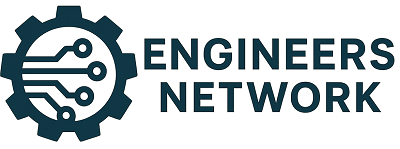
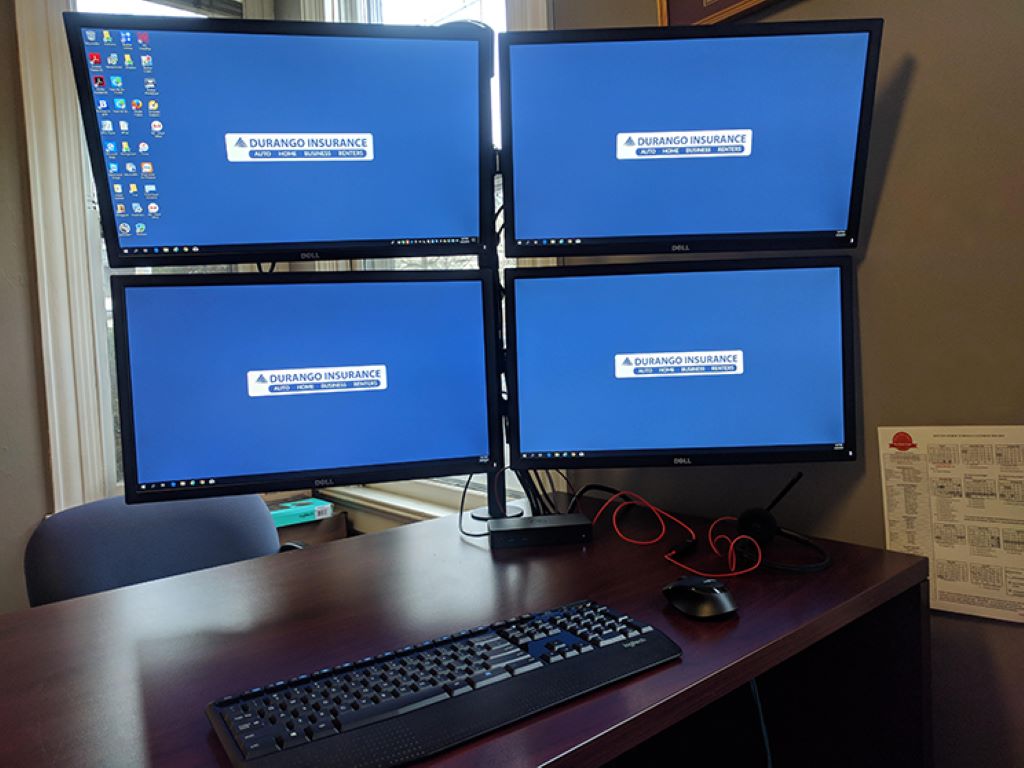

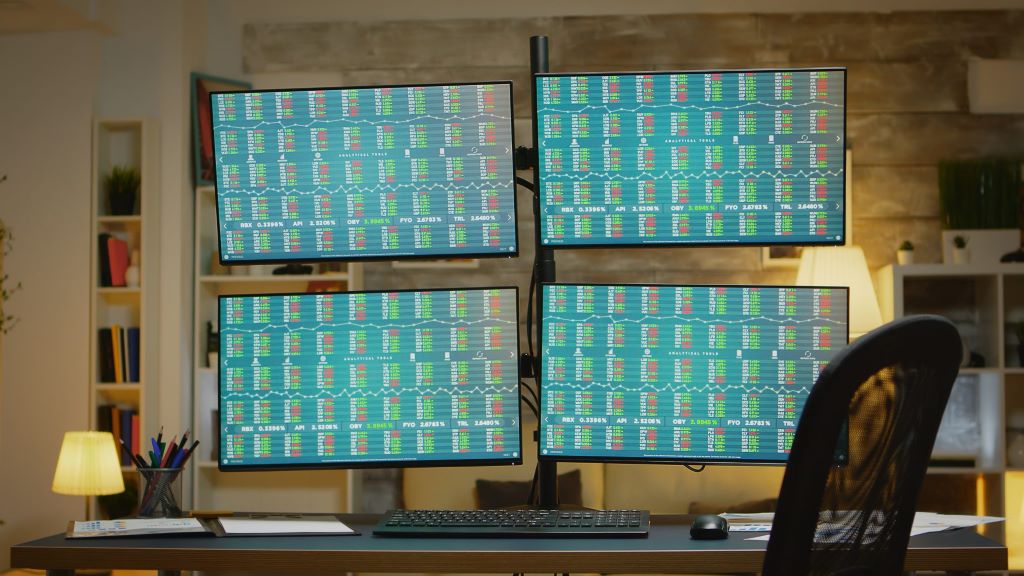

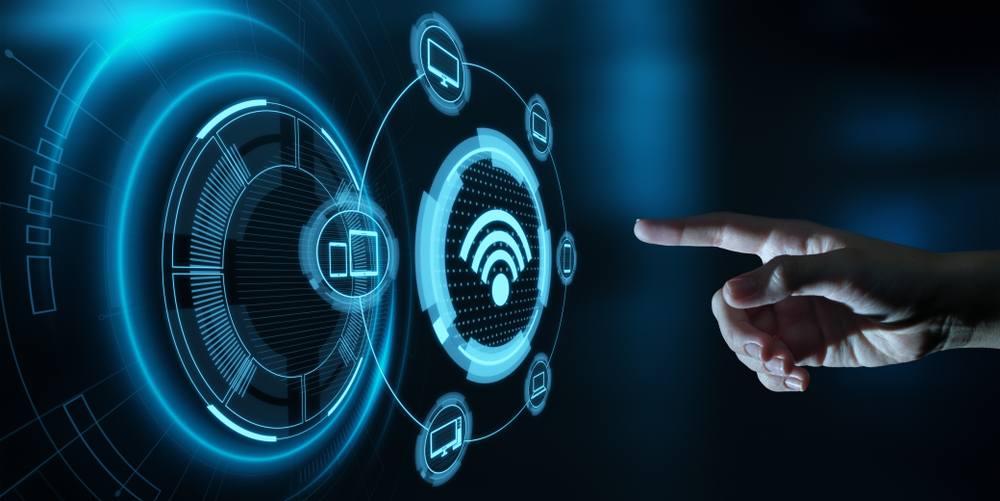

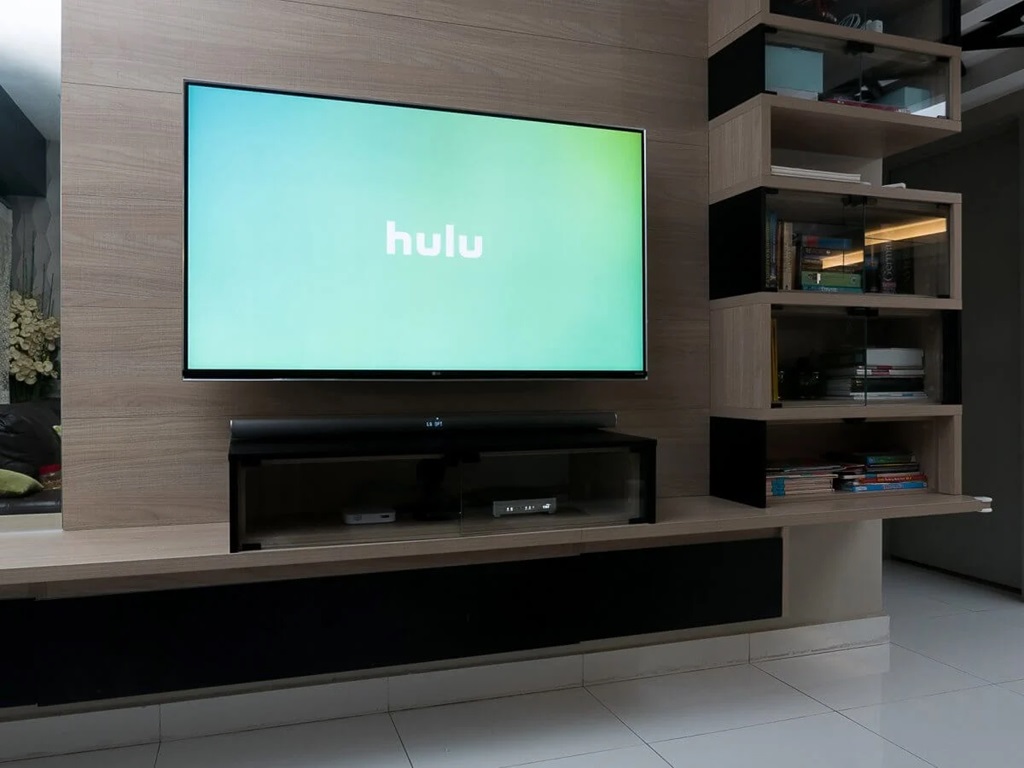
Leave a Reply